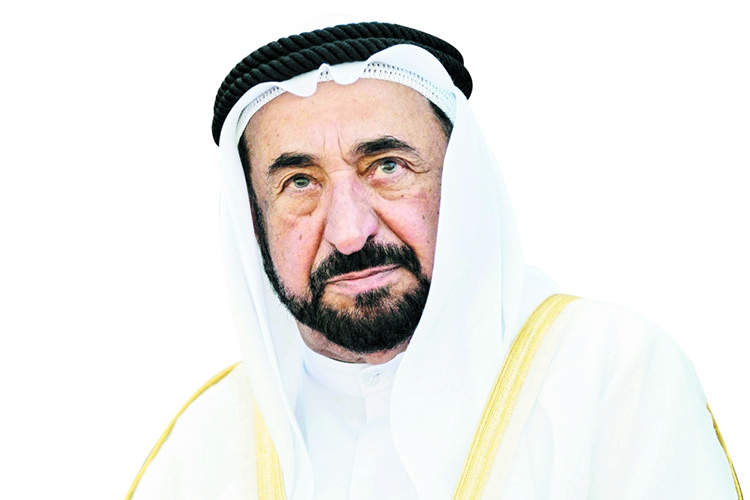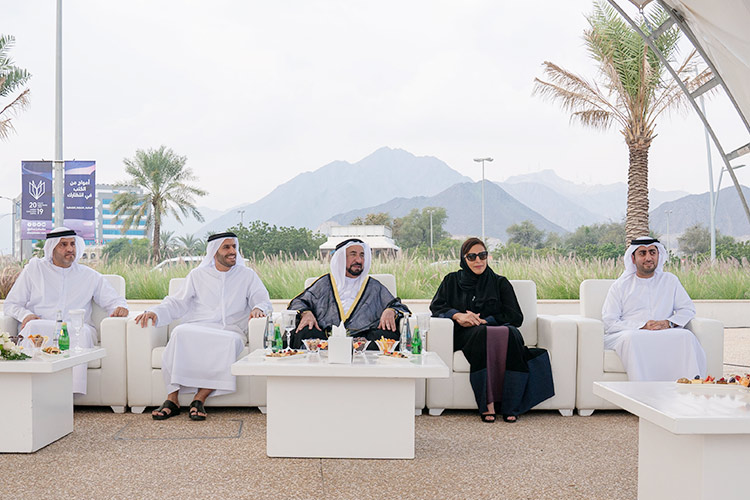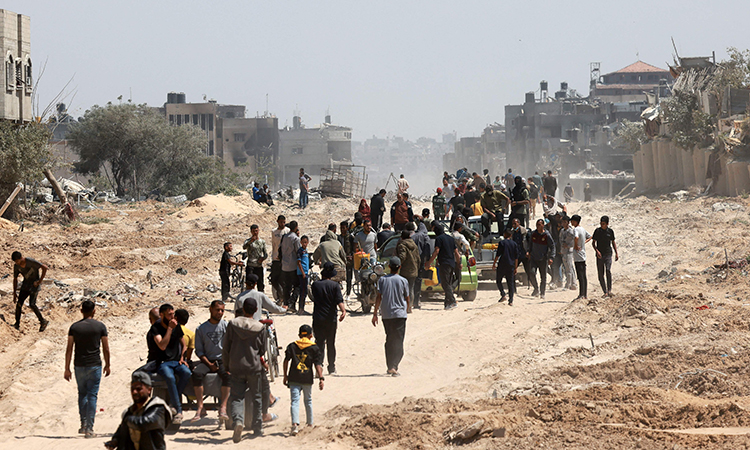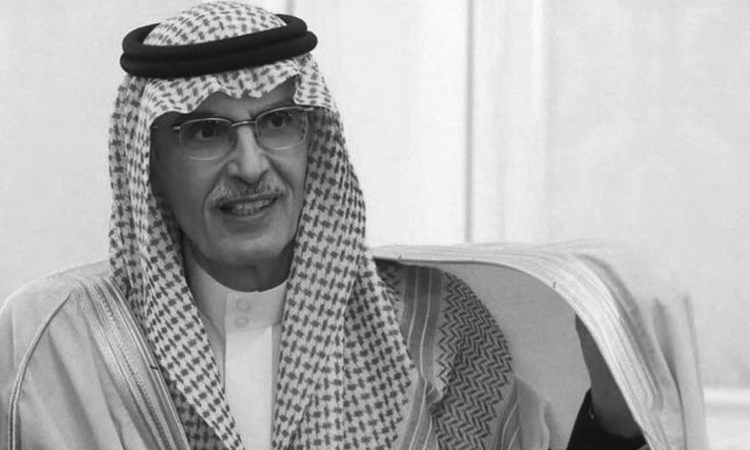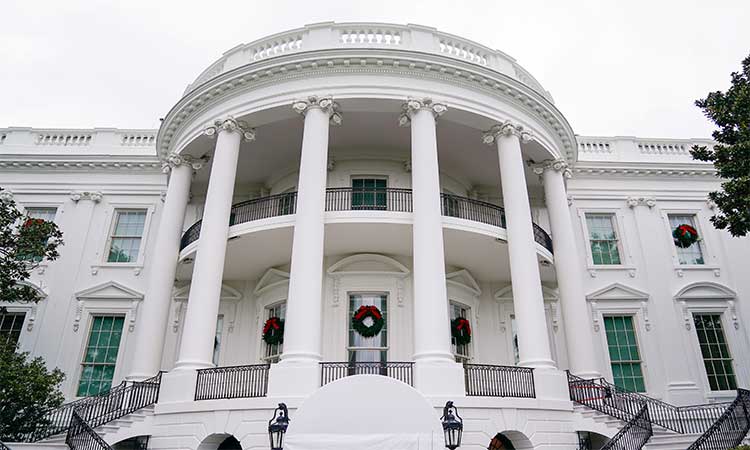Sharjah Sira Khorfakkan Island declared archaeological reserve
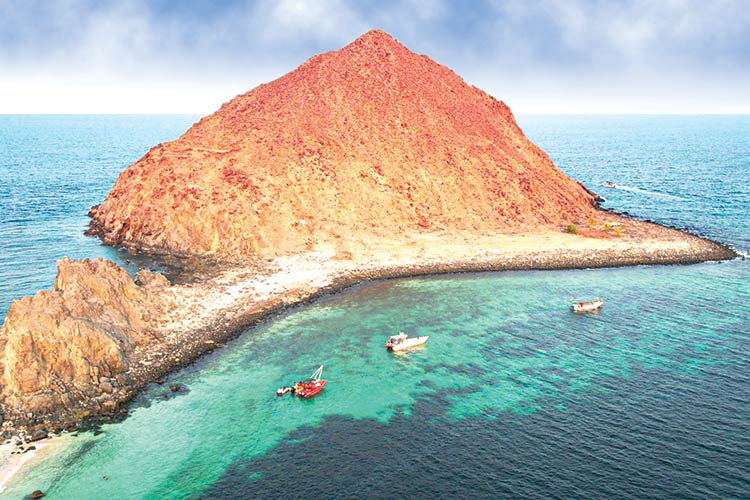
Sira Khorfakkan Island in Sharjah has undergone a significant transformation. WAM
This designation recognises the island’s special status in the region since ancient times and highlights its historical and archaeological significance.
Based on preliminary surveys and archaeological studies conducted by the Sharjah Archaeology Authority, human settlement on the island was primarily concentrated on the western side overlooking Khorfakkan, another historically important city.
Pottery fragments are widespread along the coast from north to south, and residential buildings, agricultural terraces, cemeteries, and an observation area at the top of the mountain have been identified.
A significant square-shaped building overlooking the coast with stone thresholds facing the sea has also been discovered, along with shells used as a food source.
The main settlement period on the island has been divided into two stages by the Sharjah Archaeology Authority, the first dating back to the 13th to the 16th century AD, and the second from the 18th to the 19th century AD. Archaeological finds such as celadon and porcelain from the 17th century AD have also been found.
Pottery dating back to the 13th century AD and celadon belonging to the 14th to the 16th century AD are among the most significant finds on the island, in addition to pottery from the 16th century imported from southern China and others from the 18th and 19th centuries.
The Authority also discovered a portion of the base of a stone basin restored with a piece of copper, indicating the island’s rich history.
The archaeological surveys conducted in Sharjah confirm the island’s historical significance.
Sira Khorfakkan Island has immense historical value, owing to its strategic location overlooking the entrance of Khorfakkan from the east.
Its unique location makes it an impregnable island for monitoring marine traffic in the Sea of Oman.
The island’s heights consist of gabbro stone, which can reach up to 8.7 metres in height.
Furthermore, geological studies have revealed that the Sira Khorfakkan island is composed of ophiolite formations resulting from the excessive pressure on the continental crust during the upper Cretaceous period.
As a result, it represents a slice of the oceanic lithosphere, with a width of around 35 metres and an extension that continues towards the north-south of the island.
Recently, the Arab Union for Tourist Media announced that the city of Khorfakkan of the emirate of Sharjah has won the award for the best Arab tourist city for the year 2023.
Dr Abdul Azizi Al Musallam, Chairman of the Sharjah Institute for Heritage (SIH) was also awarded the title of the Arab Heritage Personality for the same year.
The announcement came at a ceremony for the institutions and individuals who won the awards of the Arab Union for Tourist Media, which was held as part of the activities of the world’s largest travel trade show, ITB Berlin, Germany.
On this occasion, Dr Al Musallam thanked Sheikh Sultan, pledging to uphold the responsibility of enhancing the presence and distinction of the emirate at Arab, regional and international forums.
Speaking about these two qualitative achievements, Al Musallam expressed his great pride in the city of Khorfakkan winning this important award, which confirms the attractiveness of the city at the tourism and heritage levels, in light of the urban expansion and population development that the city is witnessing.
He added, “This achievement affirms the wise visions and directives of Sheikh Sultan in continuing to support the tourism sector in the emirate of Sharjah, including the city of Khorfakkan, and providing it with infrastructure development projects that facilitate the standards of decent living, in addition to the legislative initiatives that regulate the tourist and heritage movement and the economic activities related to it, whether for institutions or individuals.
WAM
